Black Ants | Black Ants Infestation Tips and Prevention

Key Takeaways:
- Understanding black ant behavior is essential for effective prevention and control.
- Signs of a black ant infestation include small openings on wood surfaces and sawdust-like debris.
- Preventive measures like eliminating moisture, sealing cracks, and storing firewood away from your home can reduce the risk of infestation.
- If you suspect a black ant infestation, it's best to contact a licensed pest control professional.
- Maintaining cleanliness, proper food storage, and regular inspections will help keep your home ant-free.
Understanding Black Ant Behavior
Black ants, also known as carpenter ants, have specific behaviors and nesting habits that play a crucial role in their infestation patterns. By understanding these behaviors, you can effectively prevent and control black ant infestations.
Nesting Habits
Black ants build their nests in various wood sources, primarily attracted to moist environments and decaying wood. Some common nesting sites for black ants include:
- Tree stumps
- Rotting fence posts
- Old firewood
These ants excavate galleries within the wood to create their nests. It is important to identify and eliminate these nesting sources to prevent further infestations.
Foraging Behavior
Black ants forage for food, targeting a wide range of sources. Their diet includes:
- Insects
- Sweets
- Eggs
- Meats
- Cakes
- Grease
Their diverse food preferences make it essential to maintain clean and hygienic environments to minimize their attraction to your home.
"Understanding the behavior and nesting habits of black ants is key to effective prevention and control." - Pest Control Expert
By taking proactive measures to address moisture issues, eliminate nesting sources, and maintain cleanliness, you can significantly reduce the risk of black ant infestations.
Black Ant Behavior and Nesting Habits
| Black Ant Behavior | Nesting Habits |
|---|---|
| Attracted to moist environments and decaying wood | Build nests in trees stumps, rotting fence posts, and old firewood |
| Forage for food including insects, sweets, eggs, meats, cakes, and grease | Excavate galleries within wood to create nests |
Understanding the behavior and nesting habits of black ants is essential for effective prevention and control. By implementing targeted strategies and taking prompt action, you can protect your home from black ant infestations and maintain a pest-free environment.
Signs of a Black Ant Infestation
If you suspect a black ant infestation in your home, it's crucial to be able to recognize the signs. Identifying these signs early on can help you take immediate action and prevent further damage to your property.
Small Openings on Wood Surfaces
One of the most common signs of a black ant infestation is the presence of small openings on the surface of wood. These openings serve as entry points to their nests and can often be found on wooden structures such as walls, floors, or furniture. Take a close look at these surfaces and pay attention to any unusual holes or gaps.
Sawdust-like Debris
Another telltale sign of a black ant infestation is the presence of sawdust-like debris below the openings on wood surfaces. These tiny wood shavings are called frass and are a result of the ants excavating their nests. If you notice this type of debris accumulating around the openings, it's a clear indication of an active black ant nest.
Smooth Gallery Walls
When black ants build their nests inside wood, they create smooth gallery walls that have a sand-papered appearance. These galleries serve as pathways for the ants to move within the wood. If you suspect an infestation, look closely at the surfaces of the wood and check for smooth, sculpted tunnels running through the material.
By being aware of these signs, you can promptly take action to address a black ant infestation and protect your home from further damage.

Prevention Tips for Black Ants
Preventing black ant infestations is crucial to maintaining an ant-free home. By implementing these simple yet effective preventive measures, you can make your home less attractive to black ants and reduce the risk of infestation.
Eliminate Sources of Moisture
Black ants are drawn to moist environments, so it's important to fix any plumbing leaks or drips promptly. Make sure your home is properly ventilated to prevent excess moisture buildup. Additionally, avoid overwatering plants and remove any standing water in your yard or around your home.
Trim Tree Branches and Plants
Black ants often use tree branches and plants as pathways to access your home. Keep branches and plants cut back from your house to minimize their entry points. Regularly check for any branches or shrubs touching your home and trim them accordingly.
Seal Cracks and Openings
Inspect your home for any cracks or openings that may serve as entry points for black ants. Seal gaps around doors and windows with weatherstripping or caulk. Pay close attention to areas where utility lines enter your home and ensure they are properly sealed.
Store Firewood and Building Materials Properly
Black ants can easily make their way into your home through firewood and building materials stored nearby. Keep firewood elevated and at least 20 feet away from your home. If you have construction materials, make sure they are stacked off the ground and away from your house.
Implementing these prevention tips will help make your home less inviting to black ants, reducing the risk of infestation and ensuring an ant-free living environment.
How to Treat a Black Ant Infestation
If you suspect a black ant infestation in your home, it is best to contact a licensed pest control professional for thorough inspection and treatment. Carpenter ant colonies can contain thousands of ants, and it is important to eliminate the entire colony to prevent further damage. Professional exterminators have the expertise and tools to locate the nest and implement effective extermination methods.
When dealing with a black ant infestation, it is crucial to take proactive measures to ensure complete eradication. Exterminators use a variety of methods to treat black ant infestations, depending on the severity and location of the infestation. These methods may include:
- Inspection: Exterminators will thoroughly inspect your home to identify the source of the infestation and determine the extent of the problem.
- Nest Location: Once the nest is located, the exterminator will devise a plan to effectively eliminate the entire colony.
- Elimination: Exterminators will use targeted treatments to exterminate the black ants and prevent them from returning.
- Preventive Measures: To ensure long-term results, exterminators may recommend preventive measures to make your home less attractive to black ants, such as sealing entry points and eliminating food and water sources.
Remember, attempting to treat a black ant infestation on your own may not be effective. DIY methods often only provide temporary relief and may not address the root cause of the infestation. By consulting with a professional, you can ensure that the infestation is properly treated, preventing further damage and helping to maintain an ant-free home.
| Treatment Method | Advantages | Disadvantages |
|---|---|---|
| Chemical Treatment | - Effective in exterminating the entire colony - Professional expertise ensures proper application of chemicals |
- May require multiple treatments - Chemicals may pose risks to humans and pets |
| Baiting | - Targets the entire colony - Allows ants to carry poison back to the nest |
- Takes time to eliminate the colony - Ants may relocate or avoid the bait |
| Structural Repairs | - Eliminates conducive conditions for ant infestations - Prevents future infestations |
- Requires time and investment in repairs - May not be sufficient if the nest is located in inaccessible areas |
Dealing with Other Types of Ants
While black ants, specifically carpenter ants, can be a common problem, it's essential to be aware that other types of ants, such as odorous house ants, can also invade your home. Unlike carpenter ants, odorous house ants are smaller in size and are considered more of a nuisance rather than a structural threat.
When dealing with ant infestations, it is crucial to identify the specific type of ant to determine the most appropriate treatment method. Different ant species may have distinct behaviors or nesting habits, requiring tailored approaches for effective control.
Understanding Carpenter Ants
Carpenter ants (or Camponotus) are known for their ability to tunnel through wood, potentially causing damage to wooden structures. These ants are typically larger in size and prefer moist environments, making decaying wood and damp areas attractive for nesting.
Addressing Odorous House Ants
Odorous house ants (or Tapinoma sessile) are small, dark ants that emit a musty odor when crushed. They are commonly found in kitchens, bathrooms, and other areas where food and moisture are present. These ants are primarily looking for food rather than nesting in wood, and their colonies can be extensive.
Identifying the Ant Infestation
If you discover an ant infestation in your home, it is important to properly identify the type of ant species present. This can be done by observing their physical characteristics, behavior, and nesting preferences. By accurately identifying the ants, you can choose the most effective treatment options and prevent unnecessary damage to your property.
Remember, when dealing with an ant infestation, it is crucial to consult with a professional pest control expert to ensure accurate identification and effective treatment.
Do's and Don'ts for Ant Control
When dealing with black ant infestations or any other type of ant problem, it is important to follow certain do's and don'ts. Taking the right actions will help you effectively control ant infestations and keep your home ant-free.
Do:
- Eliminate food and water sources: Keep your kitchen clean and store food in airtight containers to minimize ant attraction.
- Seal entry points: Identify and seal any cracks or gaps in doors, windows, and walls to prevent ants from entering your home.
- Maintain cleanliness: Regularly clean up spills and crumbs, as well as keep trash cans tightly sealed.
Don't:
- Rely solely on ant poisons or sprays: While these products may provide temporary relief, they do not address the underlying cause of the infestation.
- Ignore the source of the infestation: Identify and remove the ant nest or the source of attraction to effectively control the infestation.
- Neglect long-term preventive measures: Implementing preventive measures will help keep ants from returning to your home.
Remember, taking a comprehensive approach to ant control will yield better and longer-lasting results. By following these do's and don'ts, you can minimize the risk of black ant infestations and maintain a pest-free home.
| Do's | Don'ts |
|---|---|
| Eliminate food and water sources | Rely solely on ant poisons or sprays |
| Seal entry points | Ignore the source of the infestation |
| Maintain cleanliness | Neglect long-term preventive measures |
Maintaining an Ant-Free Home
Once you have successfully treated a black ant infestation and implemented preventive measures, it is important to continue maintaining an ant-free home. By following these simple steps, you can ensure that your home remains free from black ants and other pests.
Regular Cleaning
Keeping your home clean is essential in preventing black ant infestations. Regularly sweep and mop floors, wipe down countertops, and clean up any spills immediately. By removing food particles and crumbs, you eliminate a potential food source for black ants.
Proper Food Storage
Store all food, including pet food, in tightly sealed containers. Black ants are attracted to sweet and greasy substances, so make sure to clean up any spills or food residue. Additionally, take out the trash regularly to minimize odors that may attract ants.
Regular Inspections
Inspect your home regularly for potential entry points where black ants can enter. Seal any cracks or gaps in windows, doors, and walls. Pay special attention to areas where pipes and wires enter your home. By blocking off these entry points, you can prevent black ants from finding their way inside.
Quote
"Maintaining an ant-free home requires consistent effort and attention to detail. By practicing good hygiene, proper food storage, and regular inspections, you can enjoy a home free from the nuisance of black ants."
Tips for Maintaining an Ant-Free Home
| Tip | Description |
|---|---|
| 1 | Keep your home clean by regularly sweeping, mopping, and wiping down surfaces. |
| 2 | Store food in tightly sealed containers to remove potential food sources for black ants. |
| 3 | Inspect your home for cracks, gaps, and other potential entry points for black ants, and seal them off. |
| 4 | Take out the trash regularly to prevent odors that may attract black ants. |
| 5 | Consider using natural ant repellents, such as vinegar or citrus oils, to deter black ants. |
By following these tips and making ant prevention a priority, you can create an environment that is inhospitable to black ants. With a little effort and vigilance, you can maintain an ant-free home and enjoy peace of mind.
Conclusion
Preventing and treating black ant infestations requires a proactive approach. To effectively prevent black ant infestations and maintain an ant-free home, it is crucial to understand their behavior, identify signs of infestation, and implement preventive measures.
By regularly inspecting your home and taking appropriate actions, such as sealing entry points and addressing moisture issues, you can reduce the risk of black ant infestations. Eliminating food and water sources, as well as maintaining cleanliness, will make your home less attractive to these pests.
In cases of severe infestations or when preventive measures are insufficient, seeking professional help from licensed pest control experts is recommended. They have the expertise to locate and eliminate black ant nests, ensuring effective extermination and long-term prevention.
Remember, early intervention and consistent preventive measures are key to keeping your home free from black ant infestations. By staying vigilant and taking proactive steps, you can create a safe and comfortable living environment for you and your family.
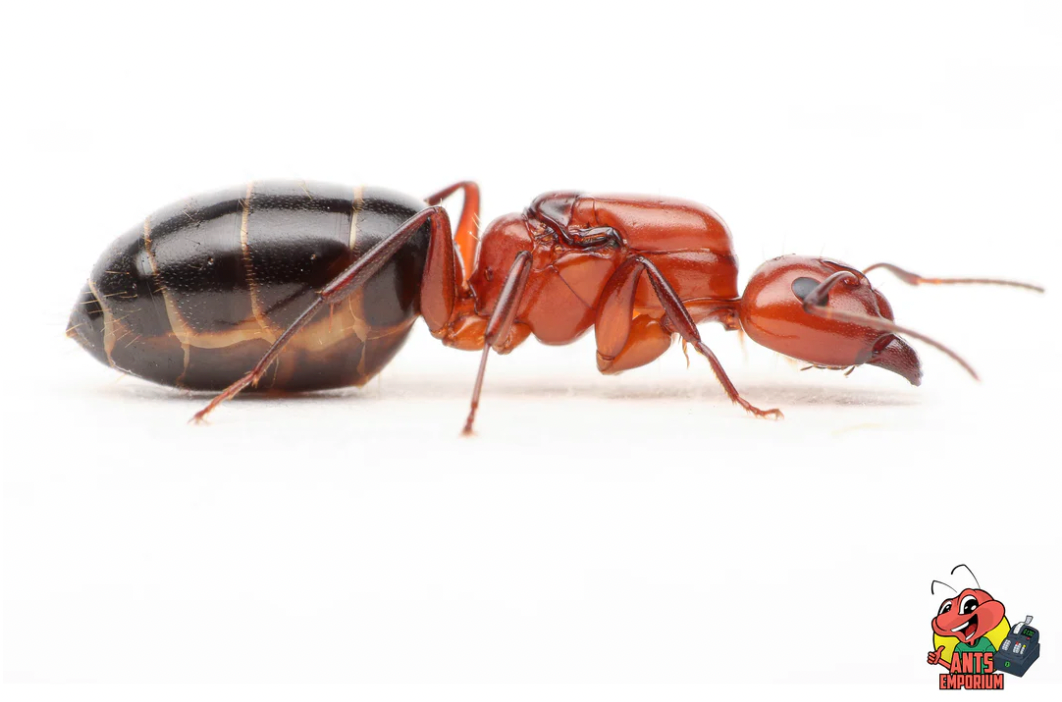

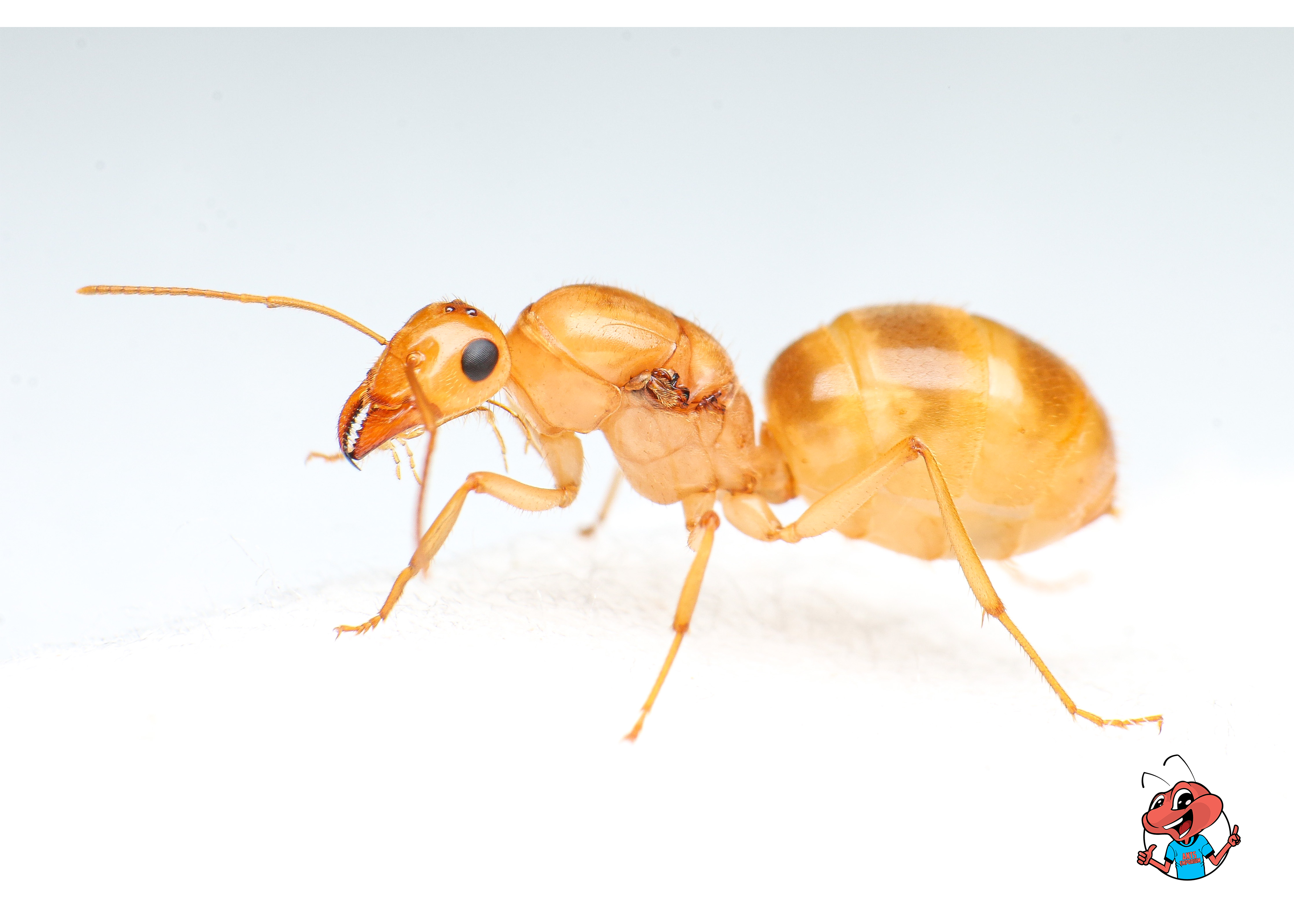
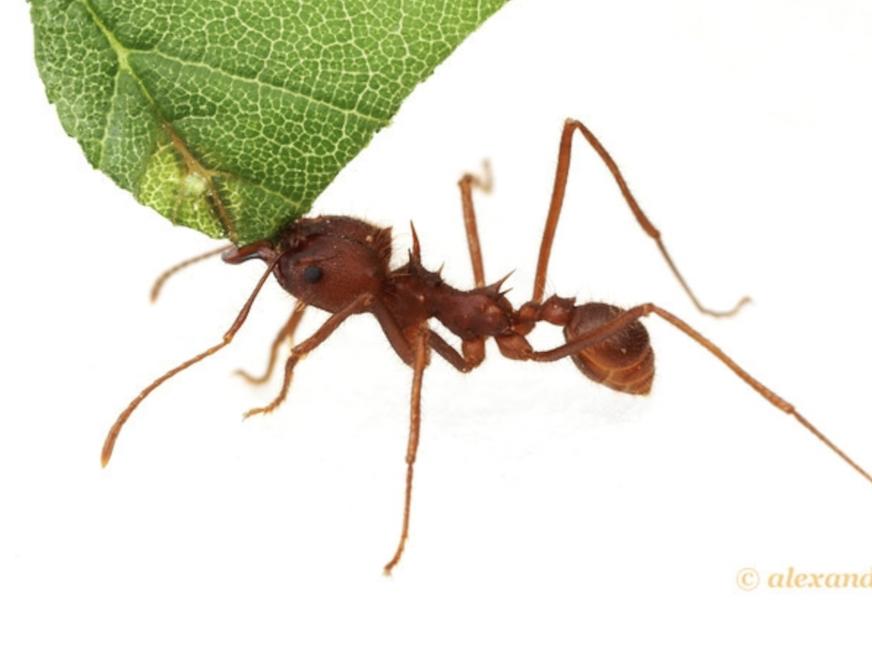
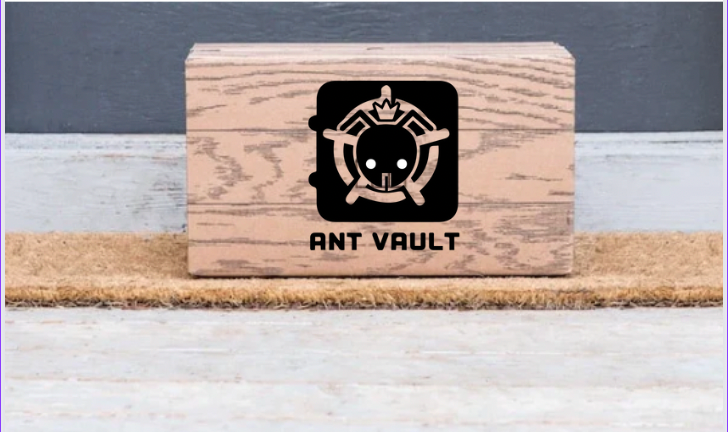



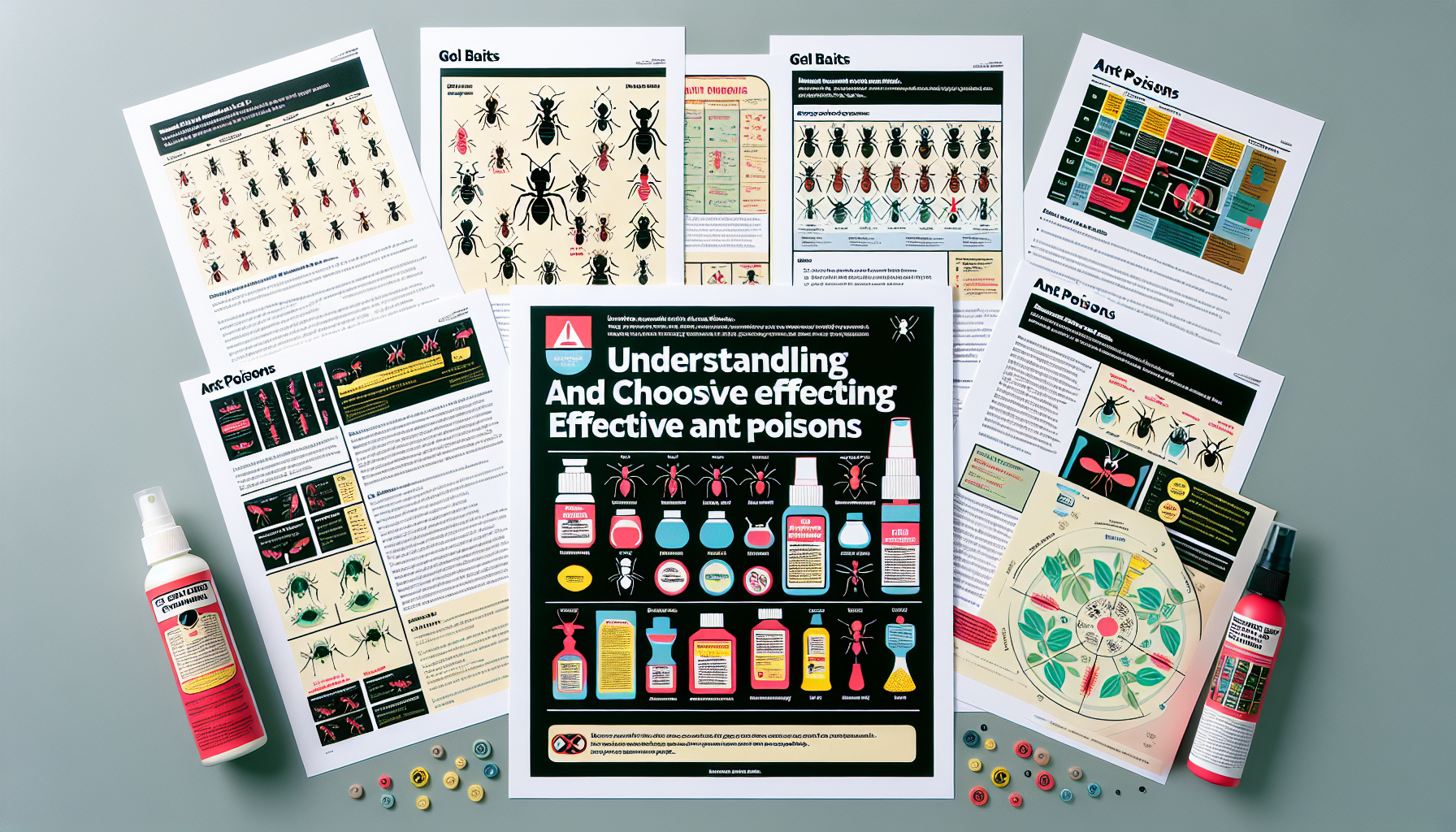
Leave a comment